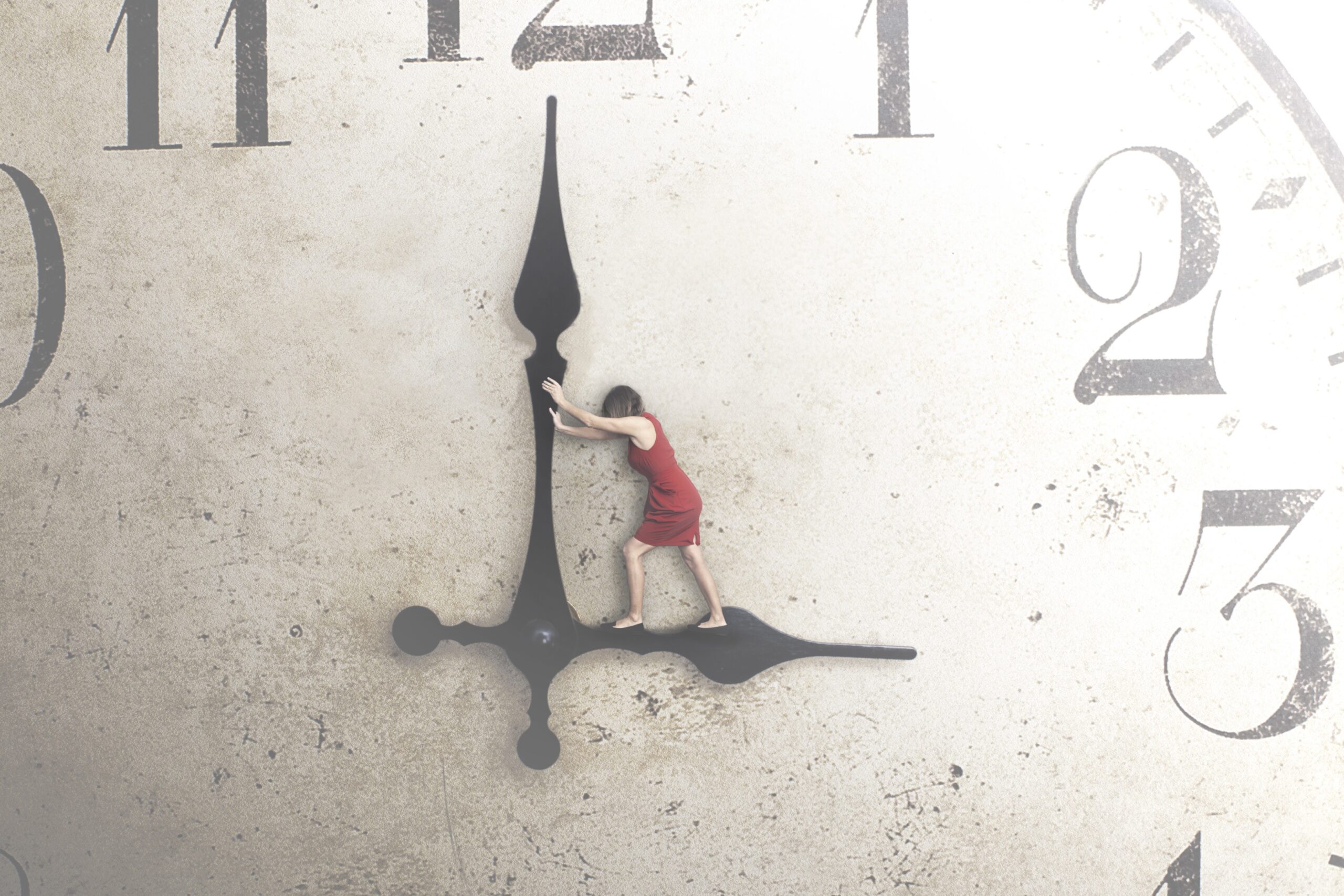Exercise is called a drug-free polypill that can benefit nearly everyone by many physicians because it can help prevent and treat many chronic diseases at a low cost that are associated with aging. More to it, exercise-induced changes reprogram the epigenetic expression of fibers to a more youthful state. So, to answer the question “Can exercise turn back the clock on aging Muscles,” according to research, yes it can.
A mountain of evidence shows that those who exercise regularly can not only strengthen their muscles, but they can also improve their overall health, regardless of how late in life they begin to exercise. Meaning that it is never too late to make healthful lifestyle changes.
Recent studies have found that exercise helps to reduce the risk of death, and cardiovascular disease, as well as Alzheimer’s and Parkinson’s disease in older people. On the flip side, reductions in strength and muscle mass are linked to frailty and are associated with a lower quality of life as well as higher mortality from all causes.
“Exercise is the most powerful drug we have,” says Dr. Kevin Murach, assistant professor at the Exercise Science Research Center, University of Arkansas, Fayetteville, AR.
Turning back the clock in muscle fibers
Exercise may turn back the clock in aging muscle fibers by promoting epigenetic reprogramming of cell nuclei. Previous research found that transcription factors can affect the expression of particular genes when they bind to specific DNA sequences.
Nobel Prize for Medicine-winning research found that four transcription factors can revert specialized mature cells to more youthful and flexible cells called pluripotent stem cells. These four factors are called: Oct3/4, Klf4, Sox2, and Myc, or OKSM for short.
Recent research
A study published in The Journal of Physiology comparing the effects of OKSM factors on gene expression in muscle fibers in mice with and without access to exercise wheels also compared the effects of OKAM factors on muscle with the effects of a single transcription factor. The researchers found that exercise induces the expression of Myc to a greater extent than the others.
The researchers also investigated how exercise alone would affect gene expression in muscle fibers from humans and aged mice. Mice in the exercise group ran freely on an unweighted wheel for one week, then over the next 8 weeks, the wheel was made progressively heavier by adding weights to it.
According to the researchers, their results suggest that exercise reprograms muscle fibers to a more youthful state through increased expression of genes that make Yamanaka factors, particularly Myc.
What does this mean?
The researchers believe that one day this work may help to develop drugs to supercharge exercise response in the muscles of those who are confined to bed or astronauts in zero gravity. However, they dismiss the idea of a pill to boost the expression of Myc or replacing exercise.
Exercise has beneficial effects for the entire body, not just the muscles, and Myc is linked to cancer, meaning that artificially boosting its expression could have inherent risks. Additionally, a pill may have unintended consequences such as blocking some of the beneficial effects of exercise.
“Evidence suggests that ‘life-extending’ drugs such as metformin and rapamycin interfere with the positive benefits of exercise specifically in skeletal muscle,” said Murach, explaining that it is not outside the realm of possibility that drugs could disrupt the epigenetic reprogramming of muscle that happens with exercise.
Exercises for older people
Older people looking to start exercising for prevention may benefit from low-impact, full-body workouts with a focus on the lower body and core.
Swimming can have many benefits for older adults but is most often overlooked. It is low impact and easy on the joints and helps to improve flexibility in the neck, arms, hips, and legs leading to better balance, coordination, posture, and balance. It is an all over exercise that gets the heart rate up to keep the cardiovascular system strong. Swimming helps to improve bone mineral density and improves stability to help reduce the risk of falls. Swimming also helps to relax the mind and body to help release stress and promote better sleep quality.
Strength and resistance training is suitable for almost anyone and is recommended in the American Heart Association’s physical activity guidelines for adults.
Walking is perhaps the easiest form of physical activity. When paired with stretching, resistance, and mobility training, most adults can walk every day almost anywhere and at any time to improve their overall health and well-being.
-
As with anything you read on the internet, this article should not be construed as medical advice; please talk to your doctor or primary care provider before changing your wellness routine. This article is not intended to provide a medical diagnosis, recommendation, treatment, or endorsement. Additionally, it is not intended to malign any religion, ethic group, club, organization, company, individual, or anyone or anything. These statements have not been evaluated by the Food and Drug Administration.
Content may be edited for style and length.
References/Sources/Materials provided by:
https://www.sciencedirect.com/science/article/abs/pii/S1877117315001519
https://www.worldhealth.net/news/8000-step-each-day-may-help-reduce-risk-premature-death/
https://physoc.onlinelibrary.wiley.com/doi/10.1113/JP283582
https://www.sciencedirect.com/science/article/pii/S0531556522002595
https://physoc.onlinelibrary.wiley.com/doi/10.1113/JP283836


